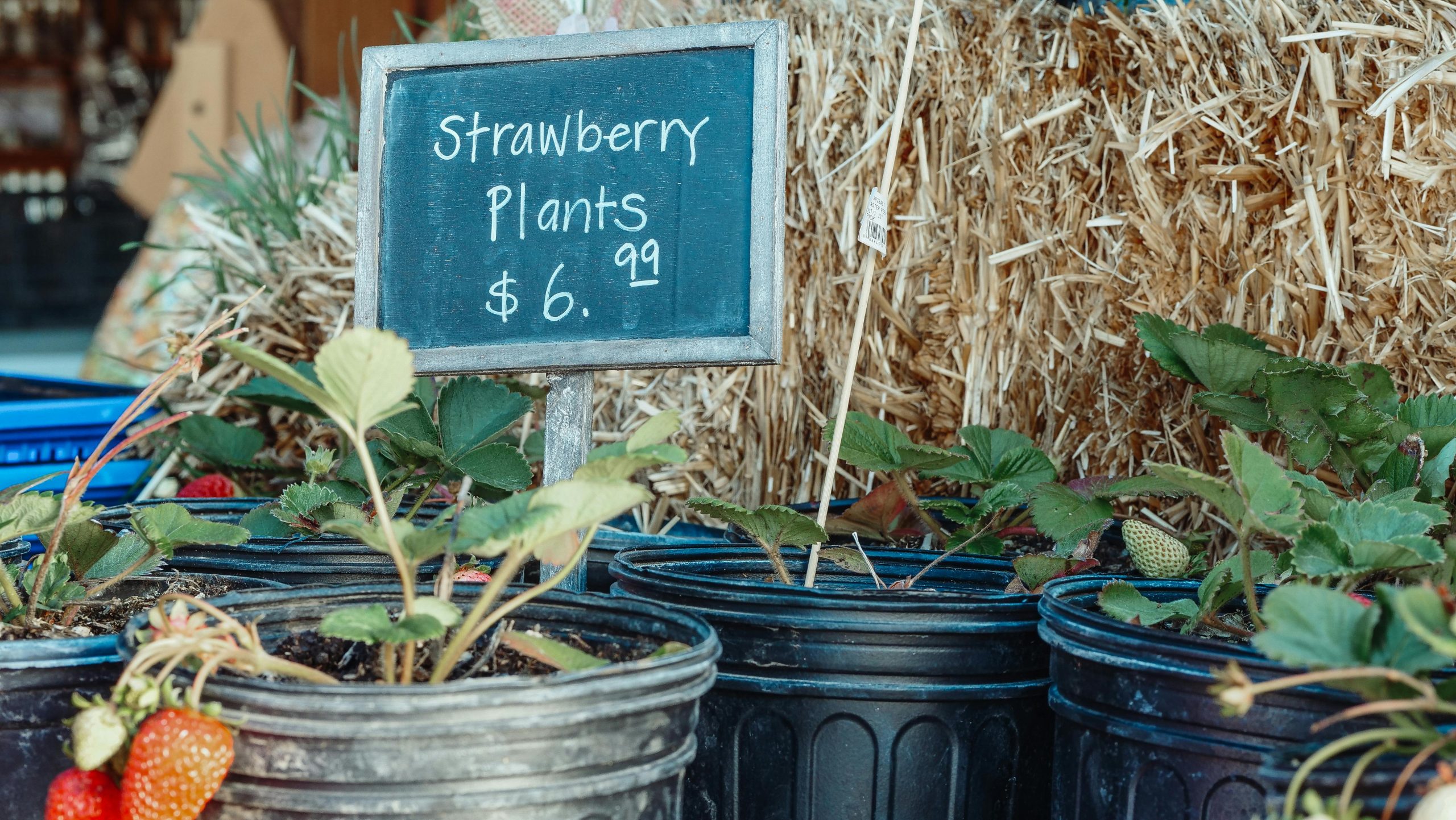Farming is a vital industry, but rising input costs can squeeze profit margins. Whether you’re growing crops, managing livestock, or running a greenhouse, reducing cultivation costs is essential for long-term sustainability. By adopting smart strategies, farmers can optimize resources, minimize waste, and increase profitability without compromising yield or quality. Here are proven ways to cut cultivation costs while boosting profits.
Optimize Soil Health and Fertility
Healthy soil is the foundation of successful farming. Poor soil leads to higher fertilizer use, lower yields, and increased costs. Here’s how to improve soil health economically:
- Test Soil Regularly: Soil tests help identify nutrient deficiencies, allowing precise fertilizer application and avoiding overuse.
- Use Organic Matter: Compost, manure, and cover crops enhance soil structure, water retention, and microbial activity, reducing dependency on synthetic fertilizers.
- Practice Crop Rotation: Rotating crops prevents nutrient depletion and reduces pest buildup, lowering pesticide expenses.
Adopt Efficient Water Management
Water is a major expense in cultivation, especially in arid regions. Implementing water-saving techniques can significantly cut costs:
- Drip Irrigation: This method delivers water directly to plant roots, minimizing evaporation and runoff while improving efficiency.
- Rainwater Harvesting: Collecting and storing rainwater reduces reliance on expensive municipal or pumped water sources.
- Mulching: Applying mulch helps retain soil moisture, reducing irrigation frequency and conserving water.
Additionally, monitoring soil moisture with sensors ensures crops receive just the right amount of water, preventing waste.
Reduce Input Costs with Smart Purchasing
Seeds, fertilizers, and pesticides account for a significant portion of cultivation expenses. Cutting these costs requires strategic planning:
- Bulk Buying: Purchasing inputs in bulk often leads to discounts, lowering per-unit costs.
- Group Purchasing: Cooperatives or farmer groups can negotiate better prices by buying collectively.
- Use Generic or Local Alternatives: Instead of expensive branded products, consider locally available or generic inputs that offer similar benefits at lower prices.
Additionally, adopting Integrated Pest Management (IPM) reduces pesticide use by combining biological controls, crop rotation, and resistant varieties.
Leverage Technology for Precision Farming
Modern technology can drastically reduce labor and resource costs while improving efficiency:
- GPS and Automation: GPS-guided tractors and automated equipment reduce fuel consumption and labor costs by optimizing field operations.
- Drones and Sensors: Drones monitor crop health, detect pests early, and assess irrigation needs, preventing unnecessary treatments.
- Farm Management Software: Digital tools help track expenses, forecast yields, and optimize planting schedules for maximum profitability.
While initial investments may be high, the long-term savings in labor, inputs, and improved yields make technology a cost-effective solution.
Improve Labor Efficiency
Labor is one of the biggest expenses in farming. Streamlining workforce management can lead to substantial savings:
- Train Workers: Skilled laborers work faster and make fewer mistakes, reducing wasted time and resources.
- Mechanize Where Possible: Investing in machinery for repetitive tasks (like planting or harvesting) cuts long-term labor costs.
- Seasonal Hiring: Instead of maintaining a large permanent workforce, hire temporary workers during peak seasons to reduce payroll expenses.
Additionally, incentivizing productivity through performance-based pay can motivate workers to maximize efficiency.
Conclusion
Reducing cultivation costs doesn’t mean cutting corners—it’s about working smarter. By optimizing soil health, managing water efficiently, purchasing inputs strategically, leveraging technology, and improving labor productivity, farmers can significantly lower expenses while maintaining or even increasing yields. Implementing these proven strategies will help boost profits, ensuring a sustainable and profitable farming operation for years to come.
